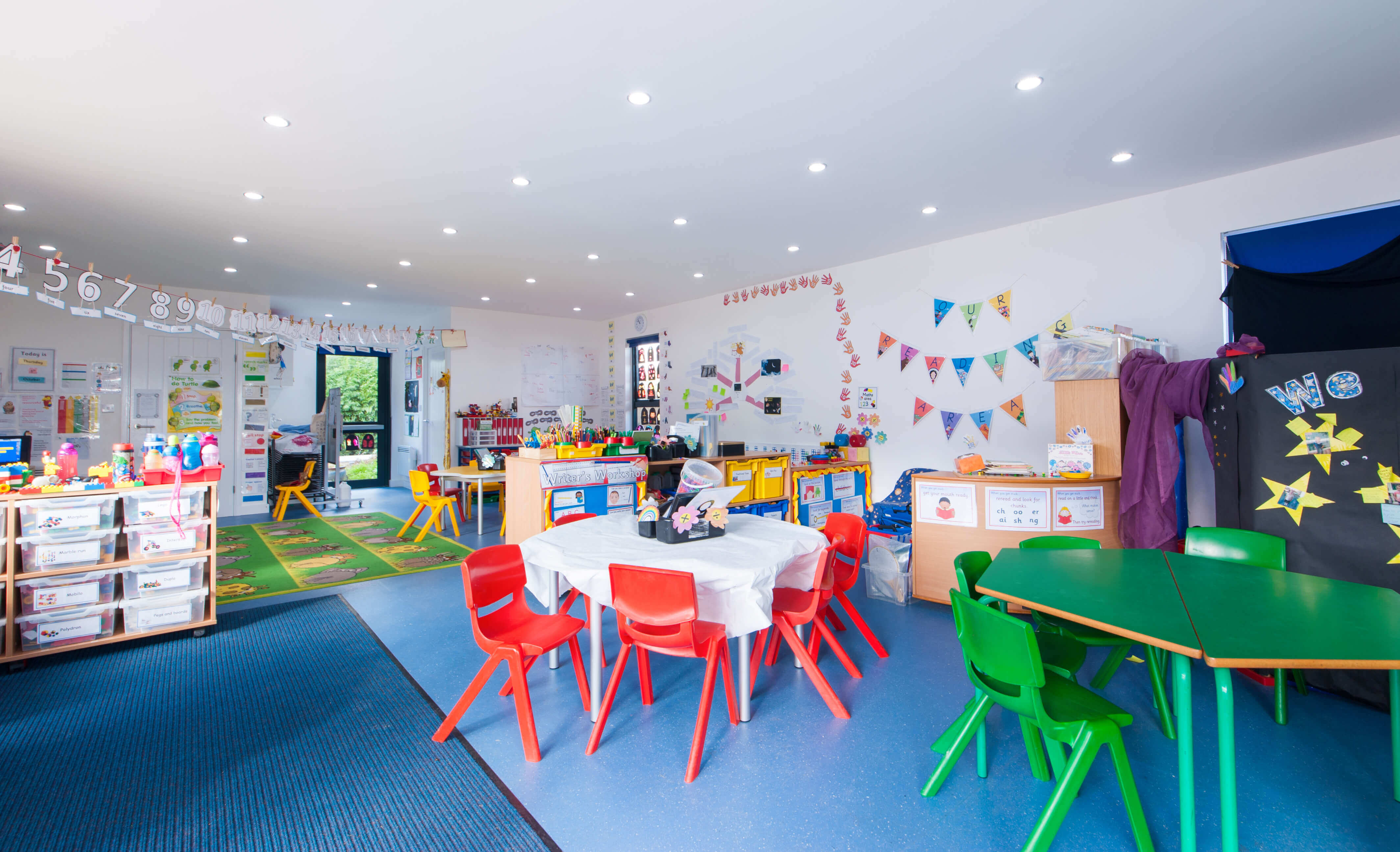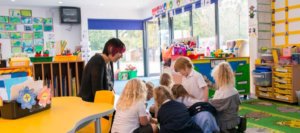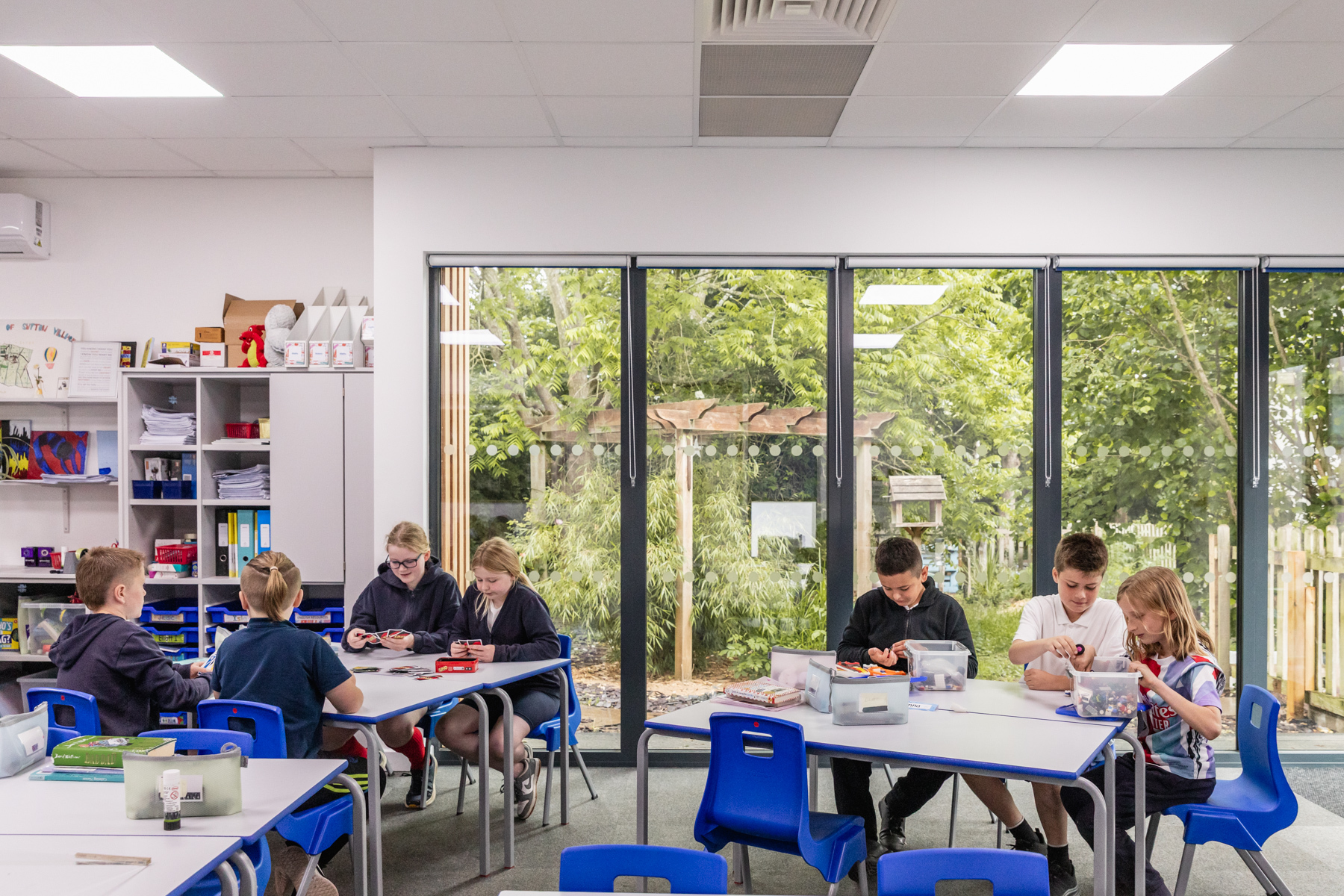
HOW CAN CLASSROOM DESIGN CREATE AN EFFECTIVE LEARNING ENVIRONMENT?
Creating a positive and stimulating learning environment for children is a vital part of successful learning. Too often, classrooms are overcrowded, school buildings are in need of updating or there isn’t enough storage space. Many schools are struggling to keep up with increased numbers of students, so classrooms are forced to double up as meeting rooms or school halls. We take a look at how classroom design can create an effective learning environment that allows children of all ages to achieve their full potential.
WHAT THE STATISTICS SAY
The degree to which student surroundings can influence their education is impressive; according to a study by the University of Salford, children’s academic progress can improve by as much as 25% in the right learning conditions. While other variables are also always at play, the researchers found that 73% of the differences in pupils’ performance could be directly attributed to their learning environment. So, the classroom environment and its impact on learning are solid and serious factors to consider when considering the design and layout of any school.
Theories on learning environments
Over the decades there have been many theories about what creates the optimal learning environment:

- Behaviourism promotes a very traditional learning environment where the student is a passive learner. Classrooms are laid out in rows, all facing the teacher as the key focal point in the room.
- A cognitive approach, where the student is a more active participant in the process of learning.
- The physical learning environment is more open, usually single or two storey buildings connected by walkways. This encourages a more inquisitive approach as pupils can move easily between indoor and outdoor learning environments. The physical environment is very homely, often with bean bags and cushions rather than chairs, based on research that suggests pupils learn better in a familiar, comfortable and social environment.
- Constructivism, where learning is collaborative and teachers are known as facilitators and not instructors. It’s thought that many schools are moving towards more of a constructivism approach when it comes to the design and layout of today’s classrooms.
Designing your classroom to create an effective learning environment
Classroom design and layout can help create a positive learning environment. Incorporating as many of the suggestions below will help teachers and students get the most out of their classroom.

- A flexible working space – one that can be adapted to changing teaching requirements, i.e. facilitating independent and ‘quiet’ individual learning time, as well as group work and wider class discussion times.
- The L-Shaped classroom – a popular design as students can move around the room taking part in different activities while still feeling part of one class. It also enables the classroom to be easily split into different areas. For example you could have a quiet reading area, a technology area, arts and crafts area etc.
- Bright colours – it is a well known fact that colours can affect our mood. A dull colour-less classroom in unlikely to inspire many student, using bold colours creates a fun, playful environment that will engage students.
- Natural light – classrooms with plenty of natural light have been proven to improve pupils’ results, so where possible classrooms should be designed to face the east and west to get the best of the daylight without the glare.
- Temperature – 20 degrees Celsius is an ideal temperature for an effective learning environment. It is neither too hot nor too cold and allows students to focus.
- Familiar and comfortable – children need to feel ownership and pride in their classroom. Where schools have to double up classrooms as school halls or meeting rooms, personal touches such as children’s displays, pegs or personal drawers can get lost. Children who work in a classroom that is familiar, with their work on display on the walls will feel a much greater responsibility to learning. If the furniture is comfortable, bright and familiar it will create a warm and stimulating environment where children can learn and grow to the best of their ability.
Sutton Primary Year 5/6 Classroom

Extensive window glazing for natural light
Hard wearing practical flooring
Durable impact resistant dry lining to walls
- Avoid overcrowding – something that is becoming more common in many schools today – can lead to classrooms feeling cramped, cluttered and undersized. Without sufficient personal space, and in a noisy and chaotic environment, students’ concentration and motivation can suffer.
So, creating the best possible learning space is vital to aid teaching and support child development.
Light, design, layout and familiarity all contribute to creating an effective learning environment where children can reach their full potential. Vertis’s innovative modular school buildings are custom made to ensure their design and specification will meet the individual needs of your school and aid teaching and learning.
Our case studies showcase how our clients have benefited from the vital extra space a modular classroom, also known as a mobile classroom, can deliver.
Free Consultation
Get in touch for a free consultation, preliminary designs and a budget estimate for your educational building.
